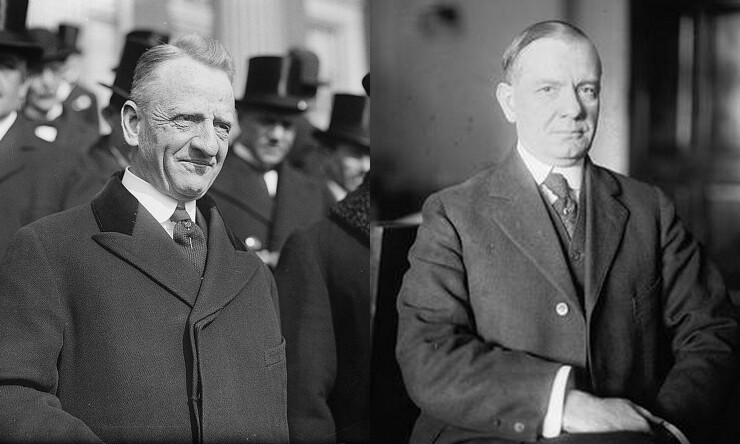For the last couple of years, banking policy has been largely focused on the nuts and bolts of financial regulation.
There was the considerable speculation around who President Trump would select to head the banking agencies, followed by a legislative push to enact regulatory relief for smaller institutions that passed Congress this past spring. More recently, interest has turned to the Trump regulatory team, now largely in place, and efforts to soften existing rules.
But the time for loftier political battles over the very structure of the banking system may be just around the corner. And that will almost certainly include the fight to bring back the Glass-Steagall Act, a Depression-era division between commercial and investment banking that was largely repealed in 1999.

This is not to say that a bill to break up the largest banks is set to pass Congress anytime soon — barring, perhaps, a sudden economic crisis — but broader messaging around the idea is likely in the offing.
There are a few reasons for this.
For starters, take a look at the broader political moment. Populism remains strong on both sides of the aisle, and there’s an undeniable push to replace incumbents with political outsiders like Alexandria Ocasio-Cortez of New York and Ayanna Pressley of Massachusetts —who ousted longtime Democratic stalwarts in their primaries. Both women have said they support the passage of a new Glass-Steagall law. (Still, it’s notable that Rep. Michael Capuano, D-Mass., who lost to Pressley, also backed the provision.)
“What you’re seeing on the Democratic side is a Tea Party moment for Occupy Wall Street,” said Art Wilmarth, a professor of law at George Washington University.
Most political prognosticators now favor Democrats’ chances to regain control of the House in November. If control of either chamber flips, bankers should expect the broader issue of “too big to fail” to be on the agenda in some form — and that would likely include at least a nod to Glass-Steagall.
Building on that populist energy, the credit union industry is now also getting involved. The National Association of Federally-Insured Credit Unions
While it would still be an incredible uphill battle for the provision to be enacted into law, credit unions hold outsize power in Washington, which could help to put the issue back on the table in coming months. The Independent Community Bankers of America, another lobbying force, has said it also supports Glass-Steagall divisions in banking for banks with greater than $50 billion in assets.
More broadly, skepticism for the country’s biggest banks remains high — despite the possibility for some political wins under the Trump administration — with some even calling for the breakup of Wells Fargo in light of the ongoing series of problems that have plagued the bank over the past two years.
“It’s not the friendliest environment in Washington or on the campaign trail,” said Aaron Cutler, a partner at law firm Hogan Lovells.
Finally, it goes without saying that while the country is still a few months out from the midterms, the 2020 presidential elections are already coming into view. Although he’s made no real mention of the 1930s law since coming into office, Trump did signal his interest in Glass-Steagall during his campaign. The provision also made its way into both party platforms in 2016.
At the same time, Sen. Elizabeth Warren, D-Mass., an original sponsor of
“With the 2020 cycle starting the day after the midterms, we should be cognizant of where the far left and the far right agree because those issues could drive the conversation in Washington and on the campaign trail,” said Isaac Boltansky, director of policy research at Compass Point Research & Trading.
It’s still unlikely to become law again in the near future, but the debate over Glass-Steagall may come back in vogue before too long. The question is whether it will serve as more than a catchphrase this time around.
Bankshot is American Banker’s column for real-time analysis of today's news.





